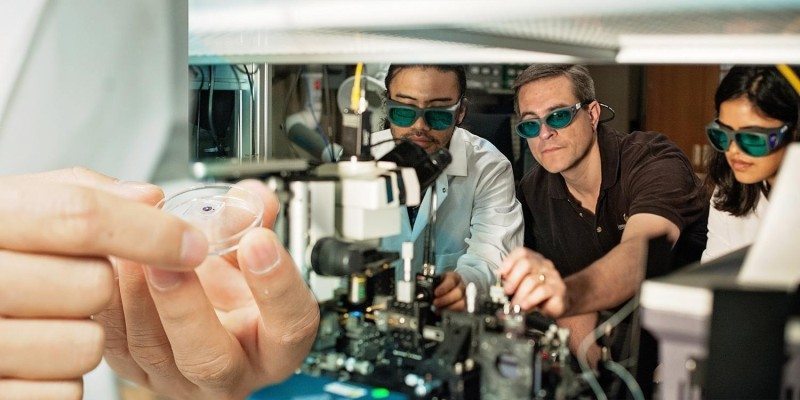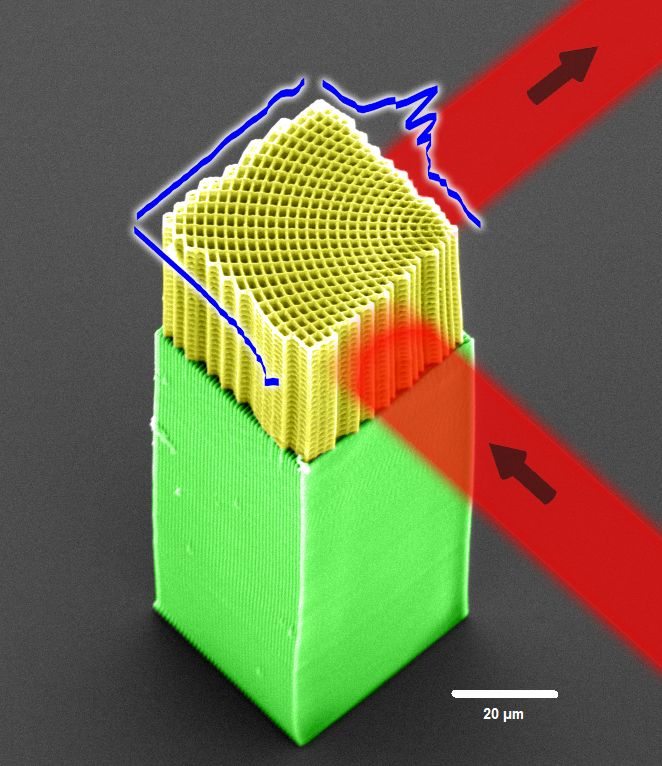Scientists Come up with New Way to Control Light for Next-Gen Super Fast Computing
Gabriel Roşu / 10 years ago

Scientists from the University of Texas El Paso and University of Central Florida introduces a plastic honeycomb-like device that steers light around corners, while keeping the integrity and density of the beam intact.
Sending data with the help of light beams allows it to travel thousands of times more quickly, but it has always been a challenge to control the light beams without losing their energy. Microchip and computer manufacturers alike are heading towards this type of technology and are constantly looking at ways to overcome this issue.
“Computer chips and circuit boards have metal wire connections within them that transport data signals,” said Raymond Rumpf, professor of electrical and computer engineering at UTEP. “One of challenges when using light is figuring out a way to make tight bends so we can replace the metal wiring more effectively.”
“Direct laser writing has the potential to become a flexible means for manufacturing next-generation computer devices,” said Stephen Kuebler, associate professor of chemistry at UCF.

Kuebler and his students used direct laser writing to create the miniaturised lattices and confirmed that they could flow light through them without loss through turns. The finding is very significant due to the fact that there is high demand for ever-smaller and faster computers and hand-held device. The current fiber optics technology does not play well with turns. If a turn for example is too abrupt and not gradual, the light beams escape and the energy is lost.
While the UTEP-UCF team has created the honeycomb-like plastic device which lets light beams turn in tight spots, it is said that they will not stop here. The team of researchers are planning to double the record and create an even tighter turn, making the revolutionary technology prepped and ready for supercomputers in the near future.
Thank you Phys.org for providing us with this information



















